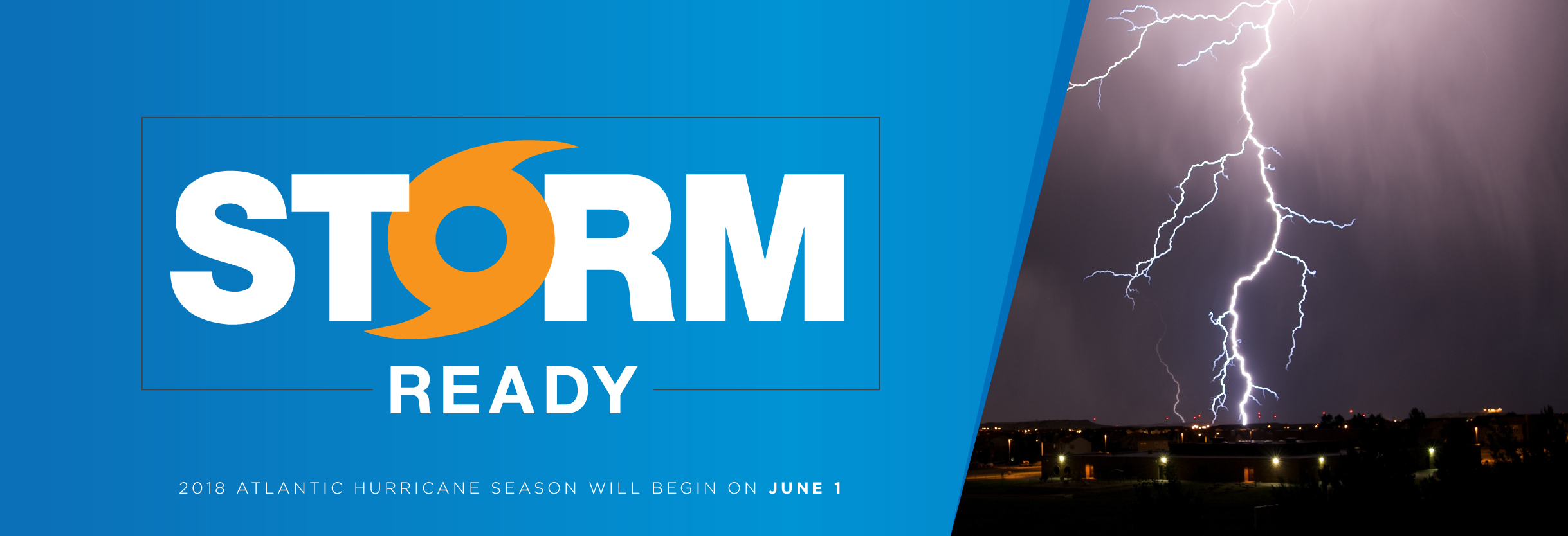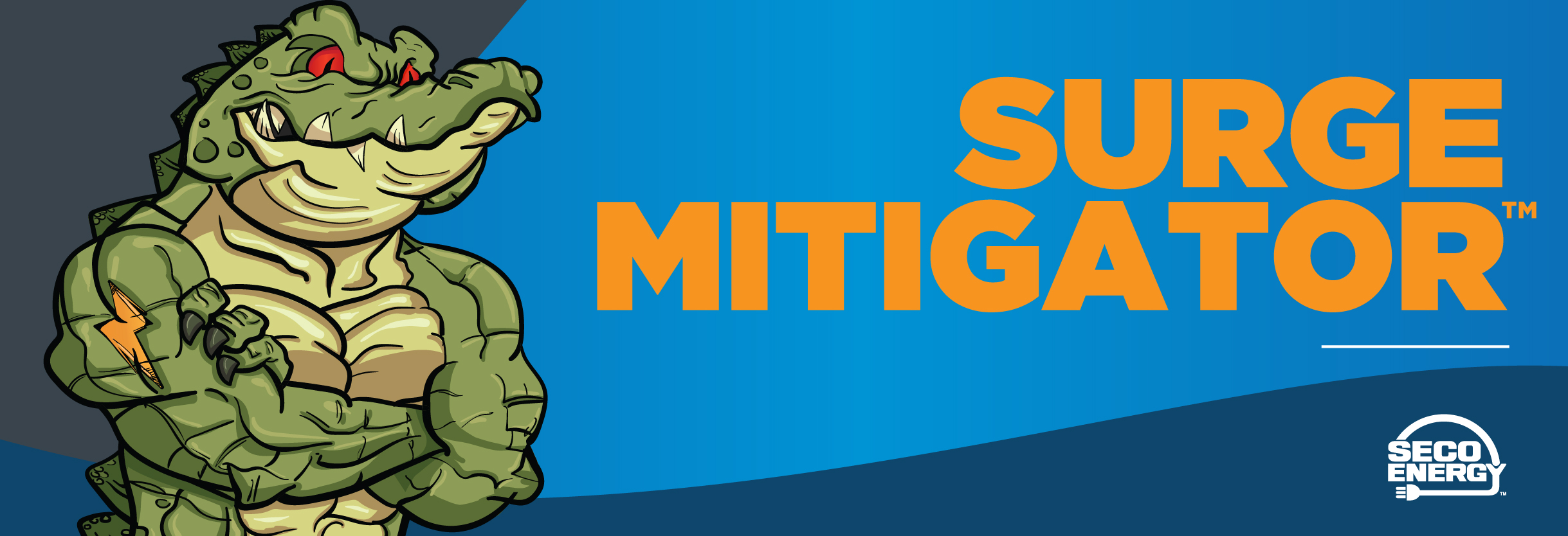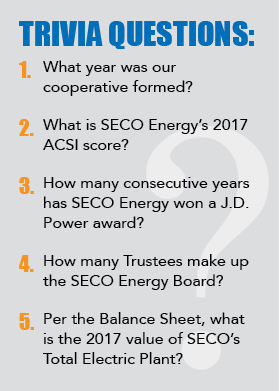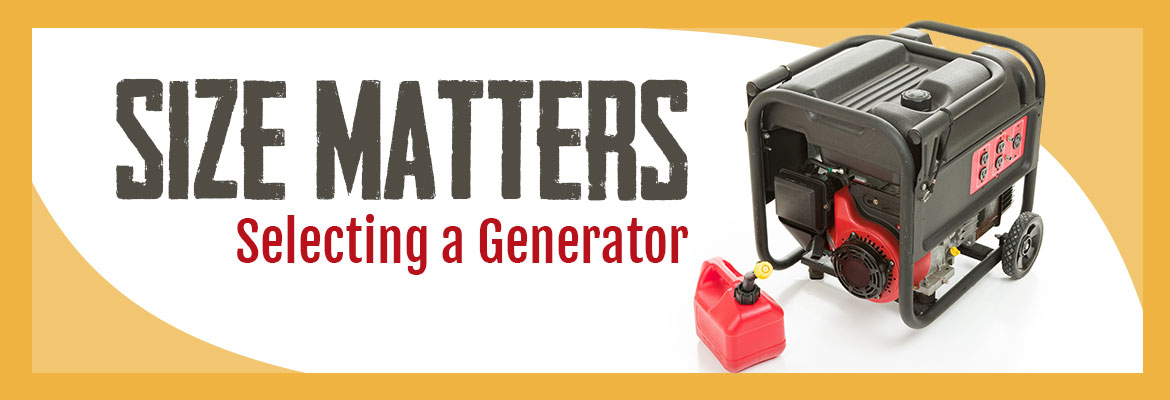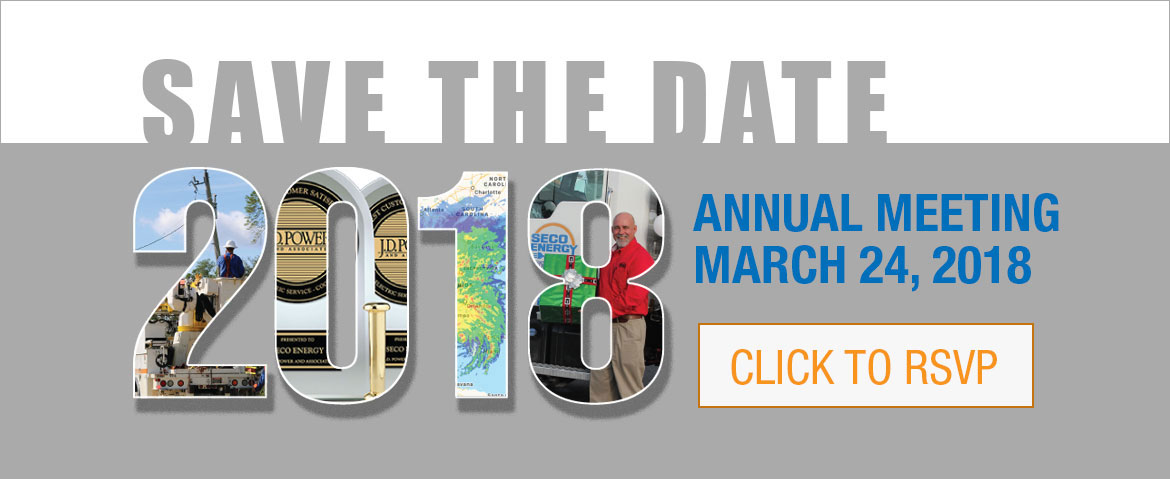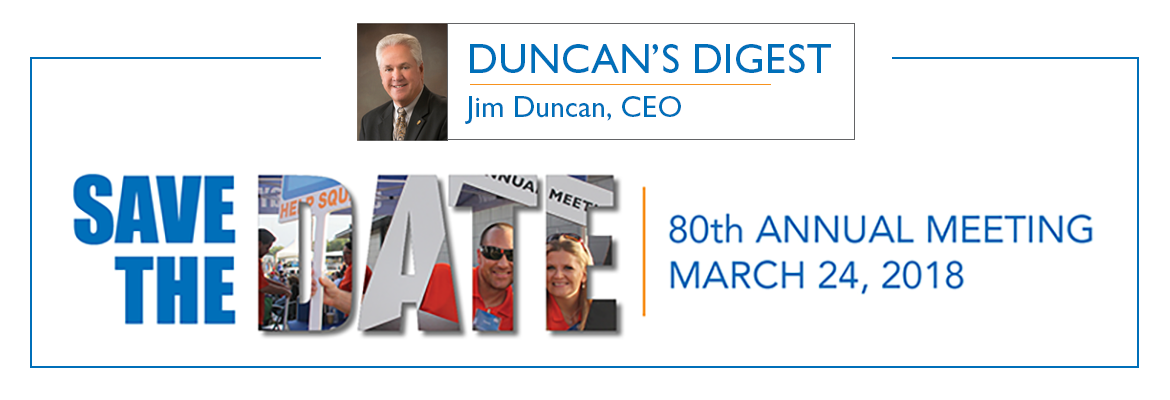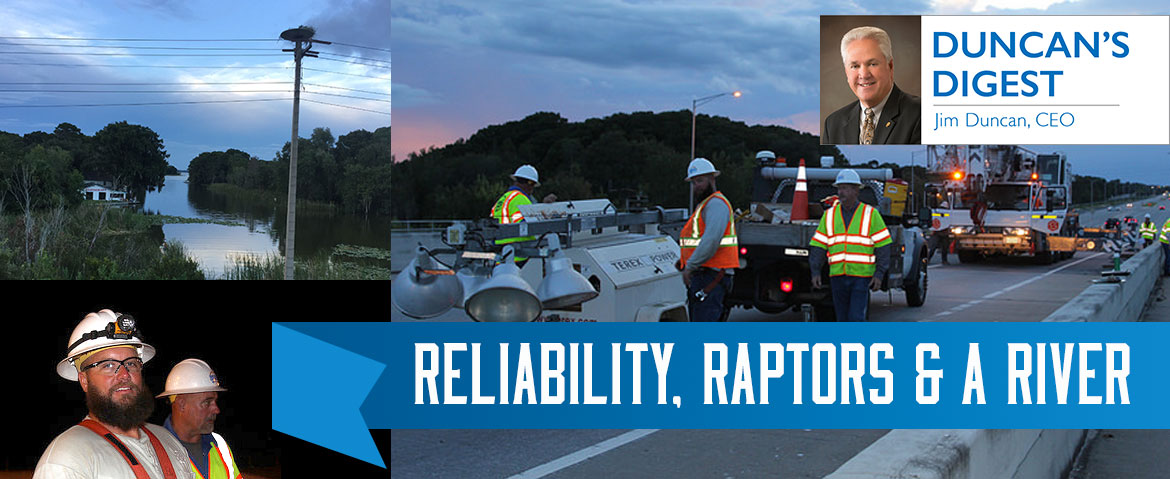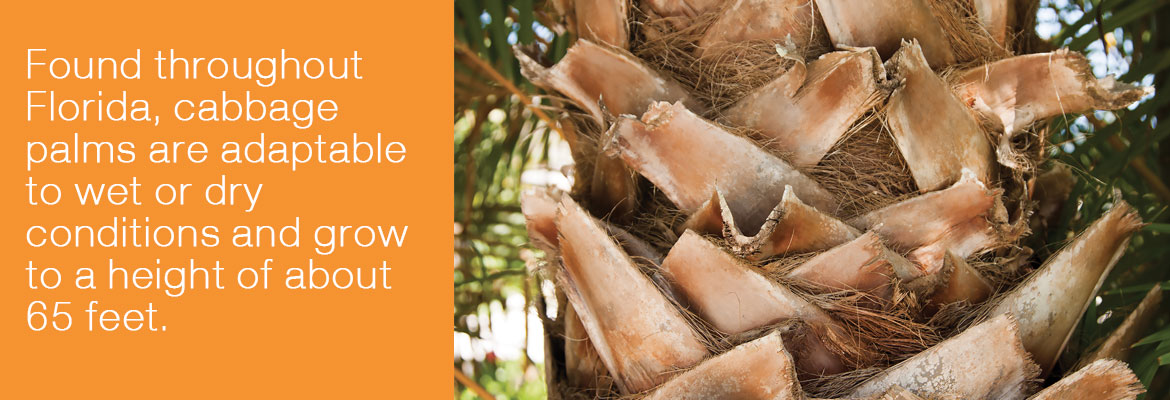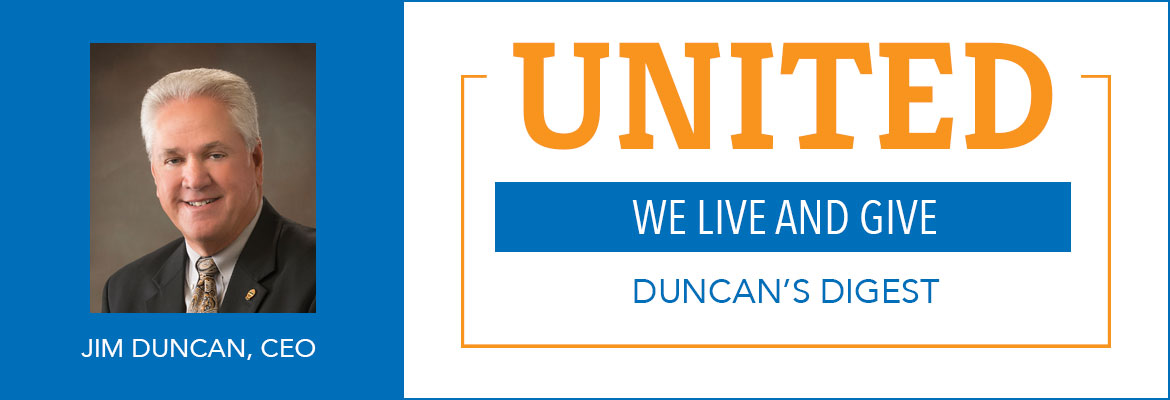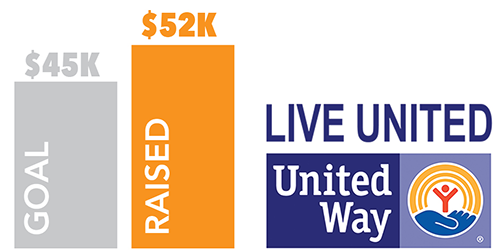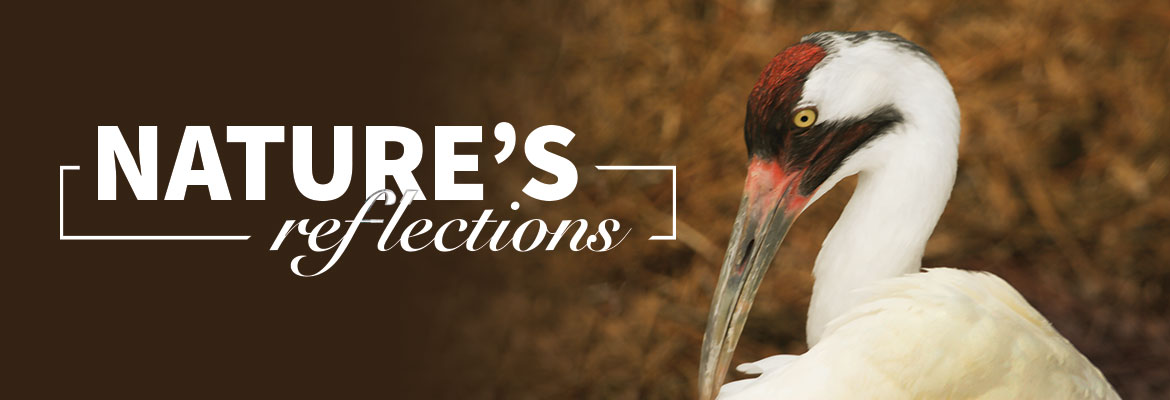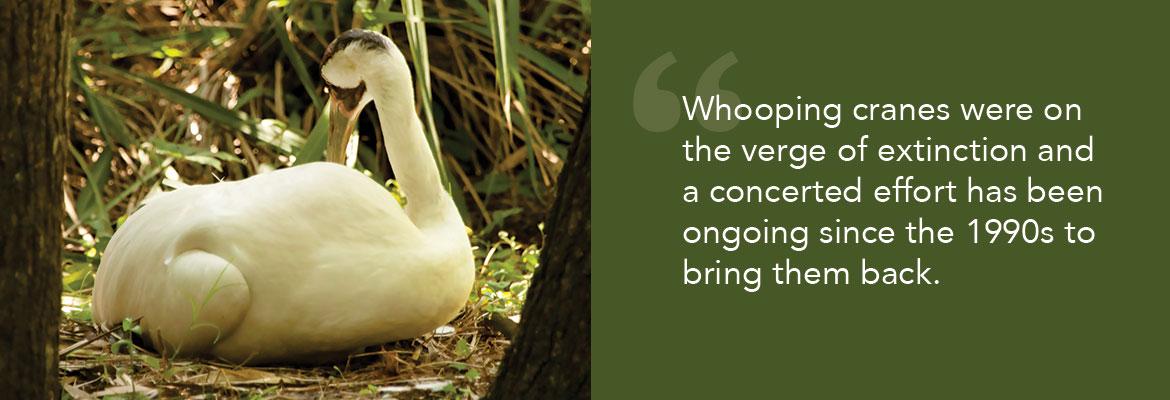SECO News, July 2018
Duncan’s Digest
Did you know SECO Energy serves over 200,000 homes and businesses in seven Central Florida Counties? Our 2,100-square mile territory houses 48 substations, over 12,000 miles of overhead line and more than 138,000 poles. SECO provides service to over 53,000 area lights that brighten roadways, sidewalks and members’ yards.
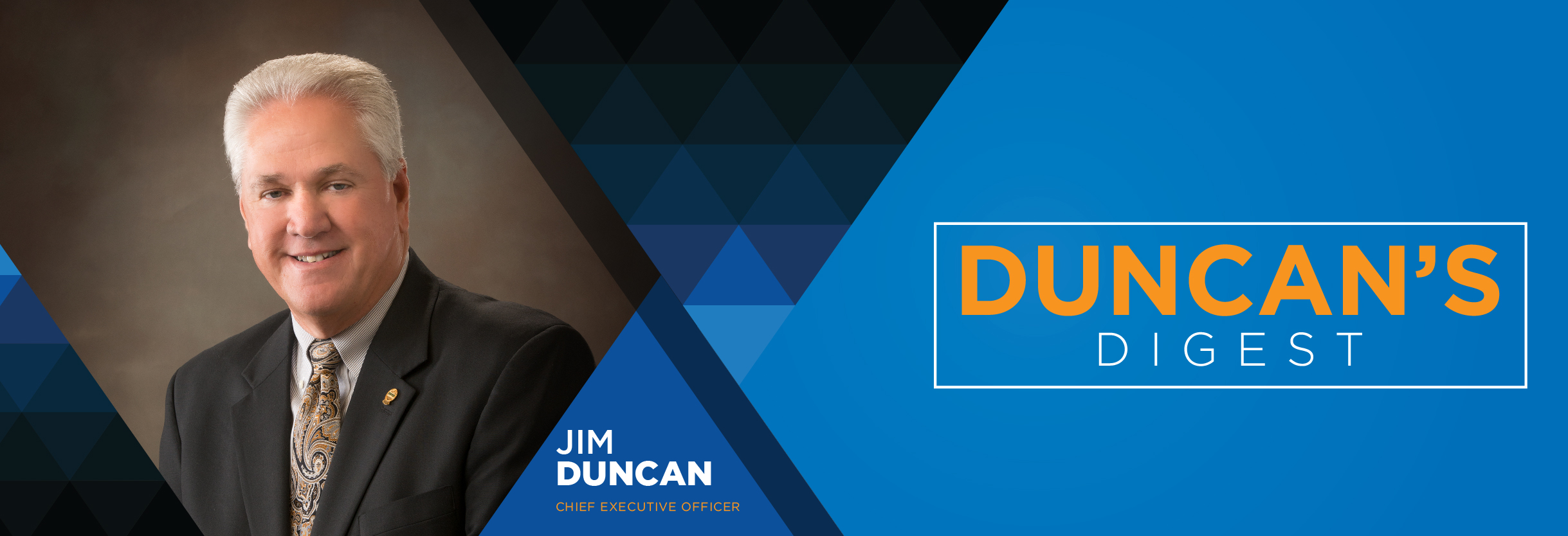
The 53,000 area lights are a significant component of our system. Crews are constantly on the lookout for lights that are out or burning during the day, and SECO typically repairs an area light in about 24 hours. To provide members and others with a fast way to report area light issues, SECO developed an easy-to-use online tool. This new system is called LightFinder.
In LightFinder, each area light is represented by an icon. Working lights are indicated by a green lightbulb icon. Lights already reported for repair are shown as a red wrench icon. For 24 hours after repairs are complete, the light icon changes to an orange check mark. Member-owned lights are expressed as blue icons, and inactive lights are gray
To report an area light outage or needed repair, visit StormCenter online. Locate the LightFinder icon and proceed to the LightFinder map. In the search bar at the top of the page, input the pole number or address to locate the area light.
Click the icon representing the light you wish to report. An info panel opens on the right side of the screen. Choose the light problem type from the drop-down menu, enter comments and continue.
Once reported, you will receive an email confirmation and a follow-up notification when the light is repaired.
LightFinder is also accessible through our online billing/payment account management tool called SmartHub which is available as an app for your smartphone or mobile device. To download, search SmartHub in your smartphone or tablet’s app store and complete the installation instructions. By clicking the icons on the home page of the SmartHub app, you can report area light outages through LightFinder or report a power outage through StormCenter.
These new online tools are designed for you, our members, to save you time and to help SECO communicate with you quickly. I hope you take advantage of the tools if needed.
Sincerely,
Jim Duncan
Chief Executive Officer

Energy Efficiency – Program Into Savings
Installing a programmable Wi-Fi thermostat is a low-cost step to reduce energy costs. ENERGY STAR recommends using the programmable thermostat’s pre-programmed settings to save up to $180 a year on your electric bill. You can purchase a name-brand Wi-Fi programmable thermostat at your local hardware or big box store for under $100.
For optimum efficiency, utilize the thermostat’s pre-set energy efficiency controls. Resist adjusting the thermostat to temporarily make a room cooler or warmer. Continued adjustments will increase the amount of energy used, and will not heat or cool your home faster. If you have strip heating, manually adjusting your thermostat by more than a few degrees at a time will cause the strips to cycle on in error.
During the summer, set the temperature for 78 degrees or higher. Set at 68 or lower during winter months. Program “away” timeframes so that your HVAC does not run unnecessarily while no one is home. Keep your fan setting on “Auto” and the HVAC unit’s fan will run only as needed. If the unit requires batteries, be sure to change them once a year. Weak or dying batteries will prevent programmed settings from running correctly.
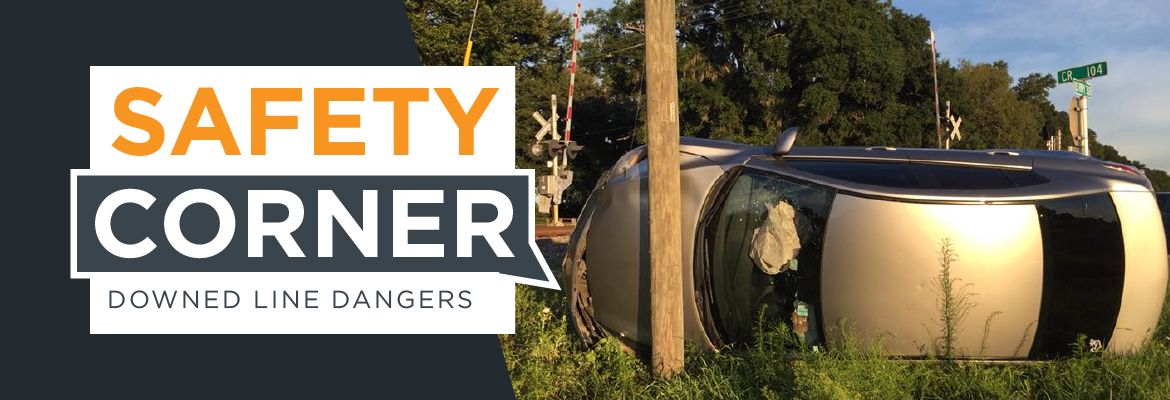
Safety Corner – Downed Line Dangers
SECO Energy inspects thousands of poles annually to ensure they are in good condition. Poles damaged by bears, woodpeckers, high winds, vehicle accidents or weakening due to age are replaced. In the event of a tornado, tropical storm or hurricane, poles may break and result in downed power lines.
Downed lines are extremely dangerous. Always assume a downed line is energized. Never touch a downed power line and stay far away. Even the ground near a downed line has the potential to be energized – which can cause severe injury or death. Call 911 or SECO to report a downed line immediately.
Warn children of the dangers of downed power lines. Children are curious by nature and may want to touch or approach downed lines. Never allow children to play near electrical equipment or climb trees encroaching overhead lines. After storms, survey your area for hazards before allowing children outside to play. A downed line may be hidden by a tree or landscaping and not easily seen.
Power lines and poles are often found near roadways and can be damaged in vehicle accidents. In 2017, SECO crews repaired or replaced poles over 70 times as a result of vehicle accidents. If you strike a utility pole, stay in your vehicle unless it is on fire. Practice extreme caution before exiting. A downed line may be present on your car or close by on the ground. Warn emergency personnel and bystanders about possible downed lines nearby.
Understand the dangers of downed power lines. Play it safe, stay away from downed lines and report immediately.
Read the full July SECO News online.







